By Ian Gosling, DCS Chair
The Town Pump on Cornhill was erected in 1784, on the site of the cupola which served as the town’s Market House. It takes the form of a tall tapering square stone shaft obelix on a rectangular base, decorated with five horizontal vermiculated stone bands, and crowned by a ball finial. The date of its construction is inscribed on a small stone tablet on its north side. It is a Grade II Listed Building. When viewed from the north side the stone shaft appears to lean towards the west (see Photo 1)!
The stone tablet fails to inform passers-by that its construction was financed by Mr Bennett Harvey. Evidence of this act of benevolence by Mr Harvey is, however, revealed in a minute in the Town Corporation’s Book for 29th August 1825 which states:
“Resolved that the Public Pump erected by Mr. B. Hervey, Sen., in consideration of his being allowed to extend his building on some part of the waste belonging to the Corporation, be repaired by them and the Town Steward is desired to lower the Bed of the pump to the same level with the street and to take out the initials B.H.”
Mr Bennet Harvey Senior was born in Iwerne Minster, Dorset in 1732 but settled in Melcombe Regis (now Weymouth) where he built Harvey’s Library (now a restaurant; see Photo 2) in which he also traded as a silversmith.
He moved to Dorchester in 1780 with his wife Elizabeth and one of his sons, also called Bennett, and continued to exercise his profession in the town, probably in South Street. The rest of his family remained in Melcombe Regis where another son, John, ran the library and traded as a clock maker. Mr Bennett Harvey senior died in 1807 and is commemorated by a stone monument in St George’s Church, Fordington (see Photo 3).
His son, Bennett Harvey Jnr. was admitted as a Freeman of Dorchester in 1803 and traded as an ironmonger in the town. He died in 1848 and is buried in St Peter’s church. His own son, the third Bennet Hervey, appears to have continued the ironmongery. Bennett Harvey jnr. Gave an 8-day longcase clock to Dorchester Corporation, together with a copy of the Imperial Standard Weights and Measures (which unfortunately appear to have disappeared!).
When the pump was installed, there was no piped water supply in the town. Some of the bigger houses in South Street and other parts of the town had their own wells but most of the inhabitants would have made use of the town pump for their supply of water. The water from the pump would also have been used to clean Cornhill, in particular after the market had closed for the day, enabling the refuse to be sluiced down East Street!
Piped water was only introduced to the town after the completion of the Water Works off Bridport Road in 1854.
A print published in 1835 (see Photo 4) shows the market taking place round the pump and extending into the High Street behind, in front of St Peter’s and the Town Hall.
The long iron handle used to work the pump fixed on its west side is very much in evidence. A similar pump mechanism can be seen in the contemporaneous water pump in Cornhill in the City of London (see Photo 5).
The Dorchester print shows that two lamps had been added to the top of the shaft, which in I835 might well have been lit by gas since piped gas had just been installed in the Antelope Hotel, a stone’s throw away, following its introduction in the town in 1834.
A photograph from the north taken in 1930 (see Photo 7) also shows a water tap on the stone base on that side, so it must be assumed that the pump was still in commission at the time it was taken
A more elaborate Town Pump was donated in 1760 to the town of Blandford Forum by John Bastard, the architect and builder, to commemorate the Great Fire of 1731 (see Photo 9).
It takes the form of a miniature classical temple with a pedimented canopy, supported by Roman Doric columns. The pump was replaced by a fountain in 1897 and is now listed Grade I. This has lately been restored.
A drinking water fountain has recently been installed by Wessex Water at the southern end of South Street. The Civic Society is calling for drinking water to flow once more from the pump to commemorate its 50th Anniversary this year and that of the Town Council in its present form. We are currently looking for backers for this renovation project!
Ian Gosling,
Chair of Dorchester Civic Society

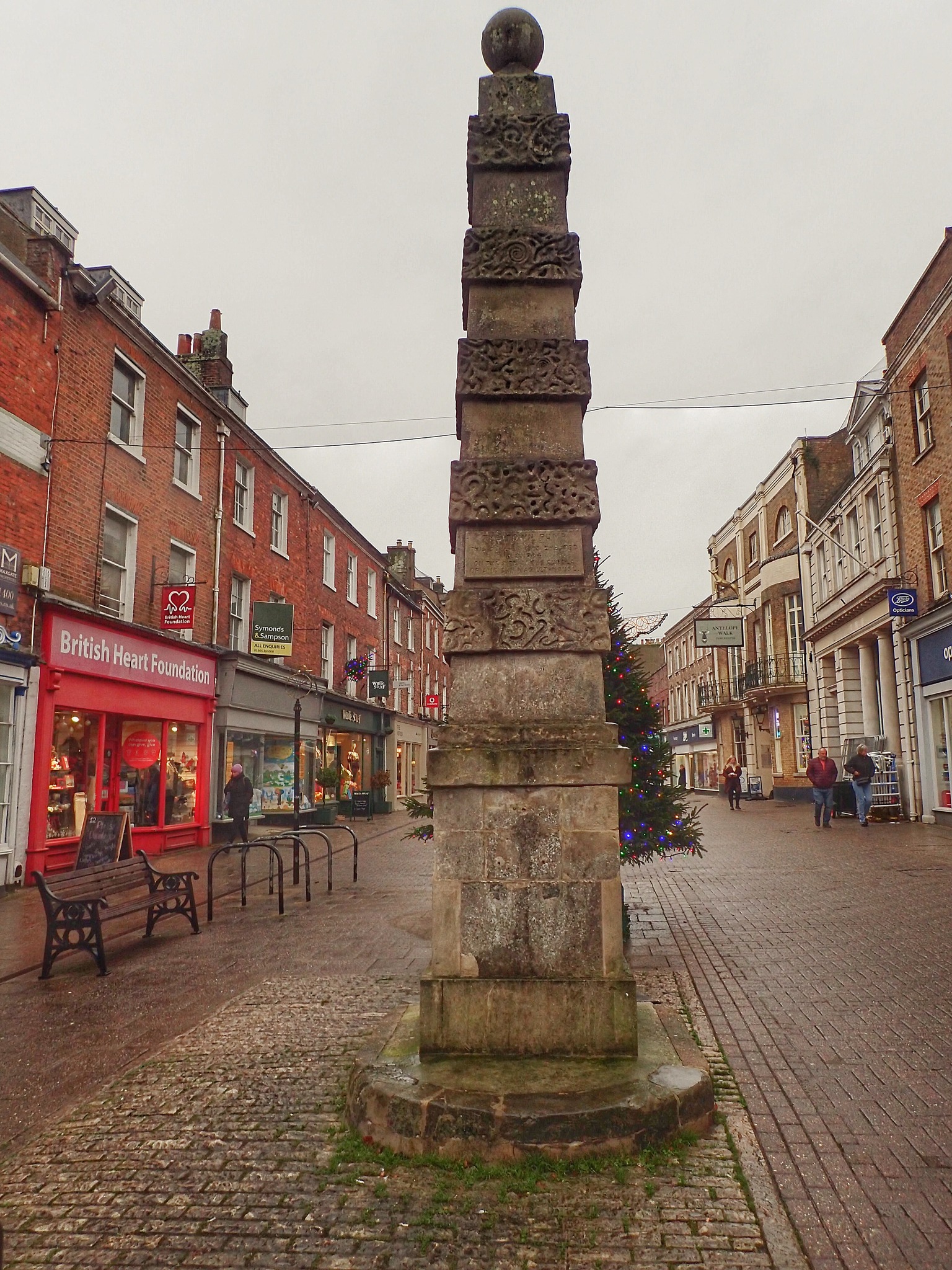
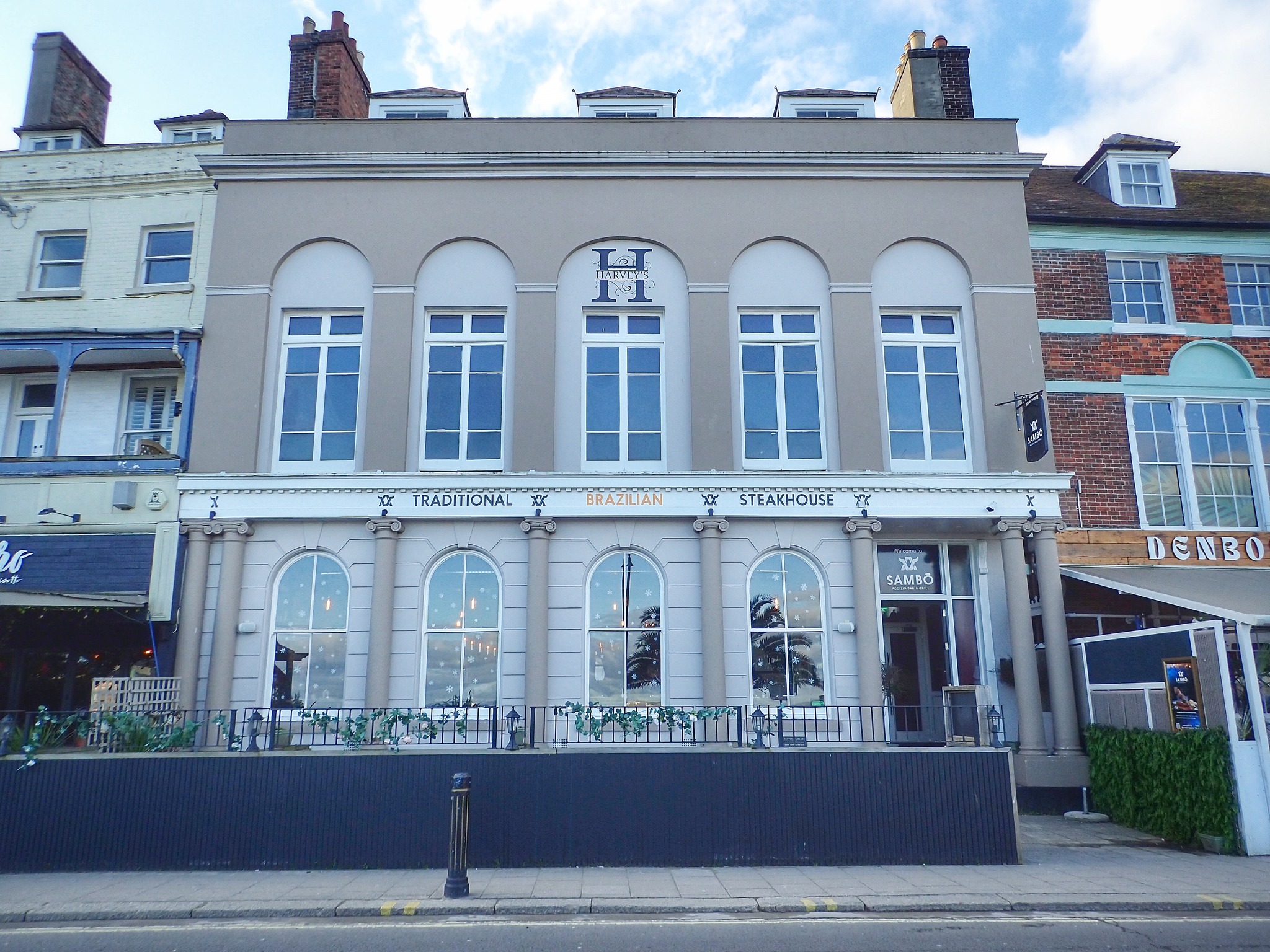
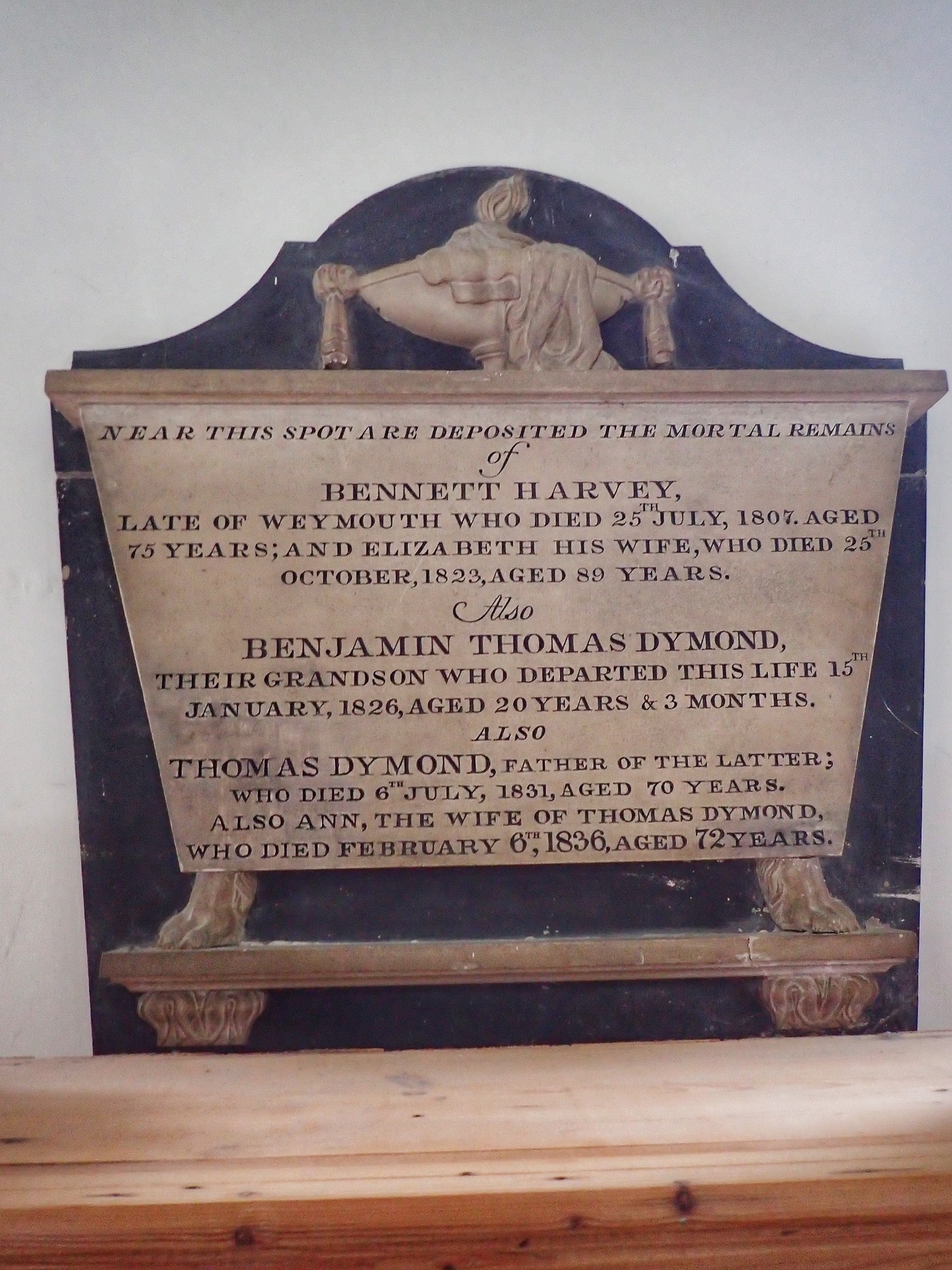
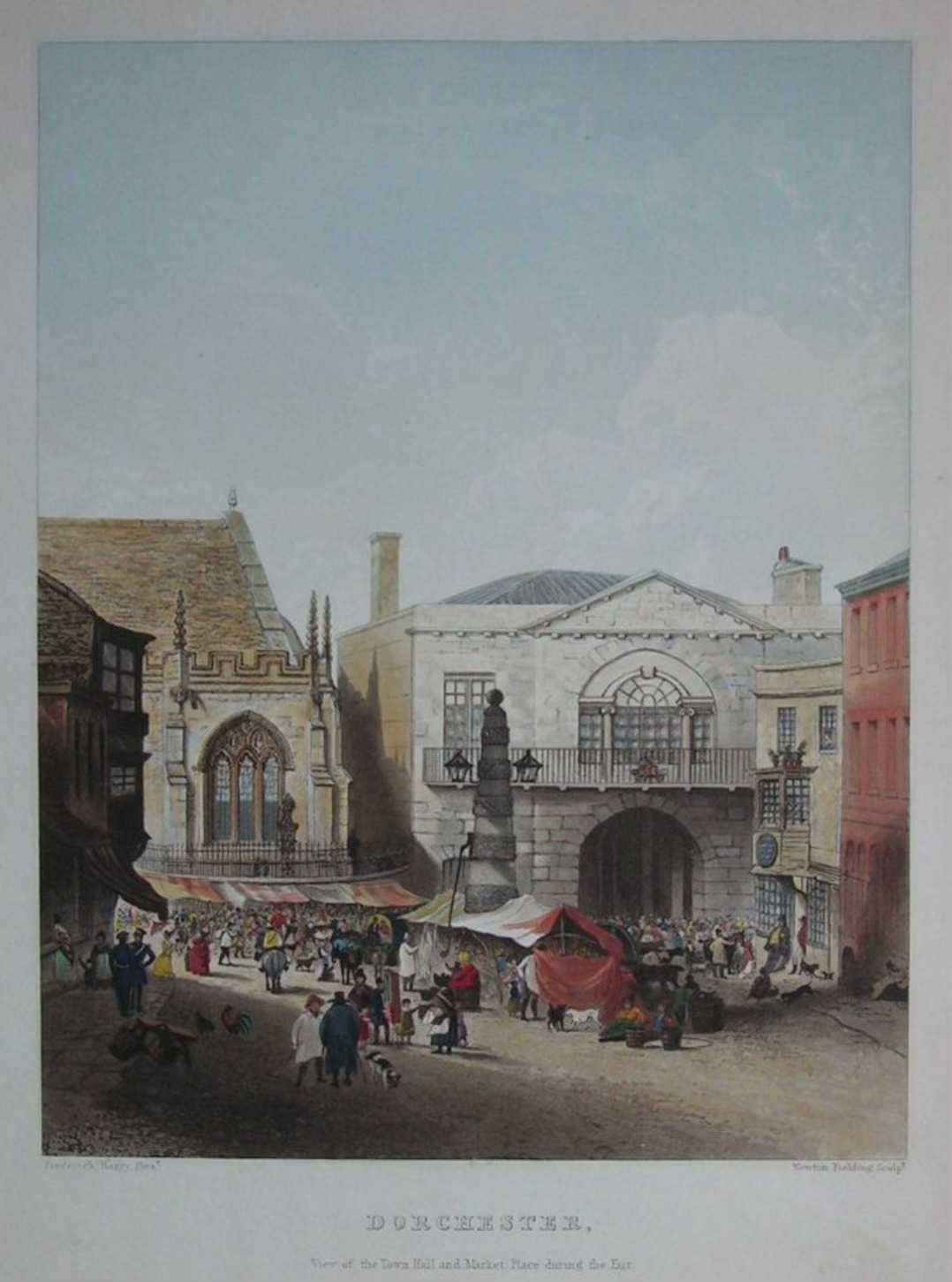
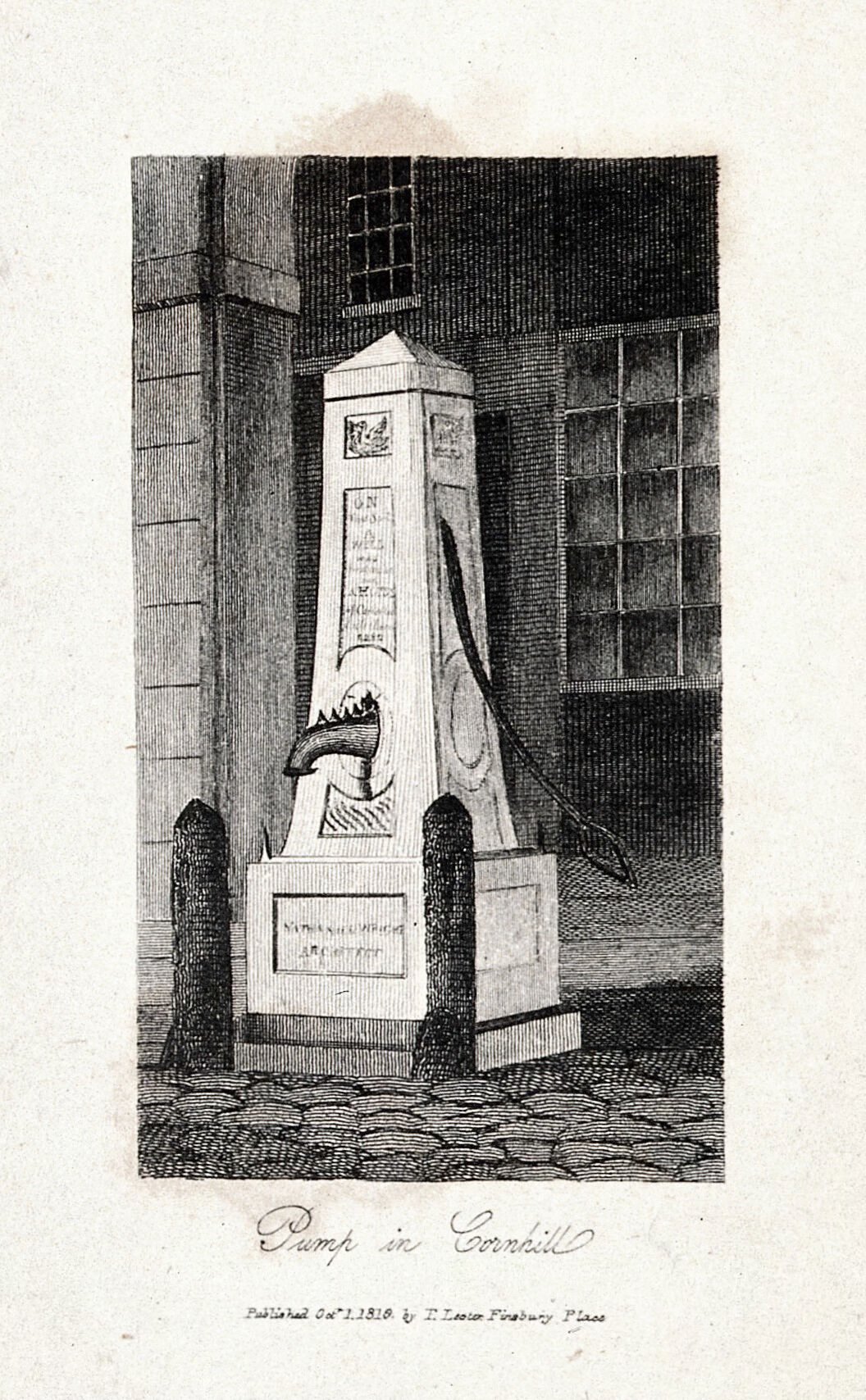
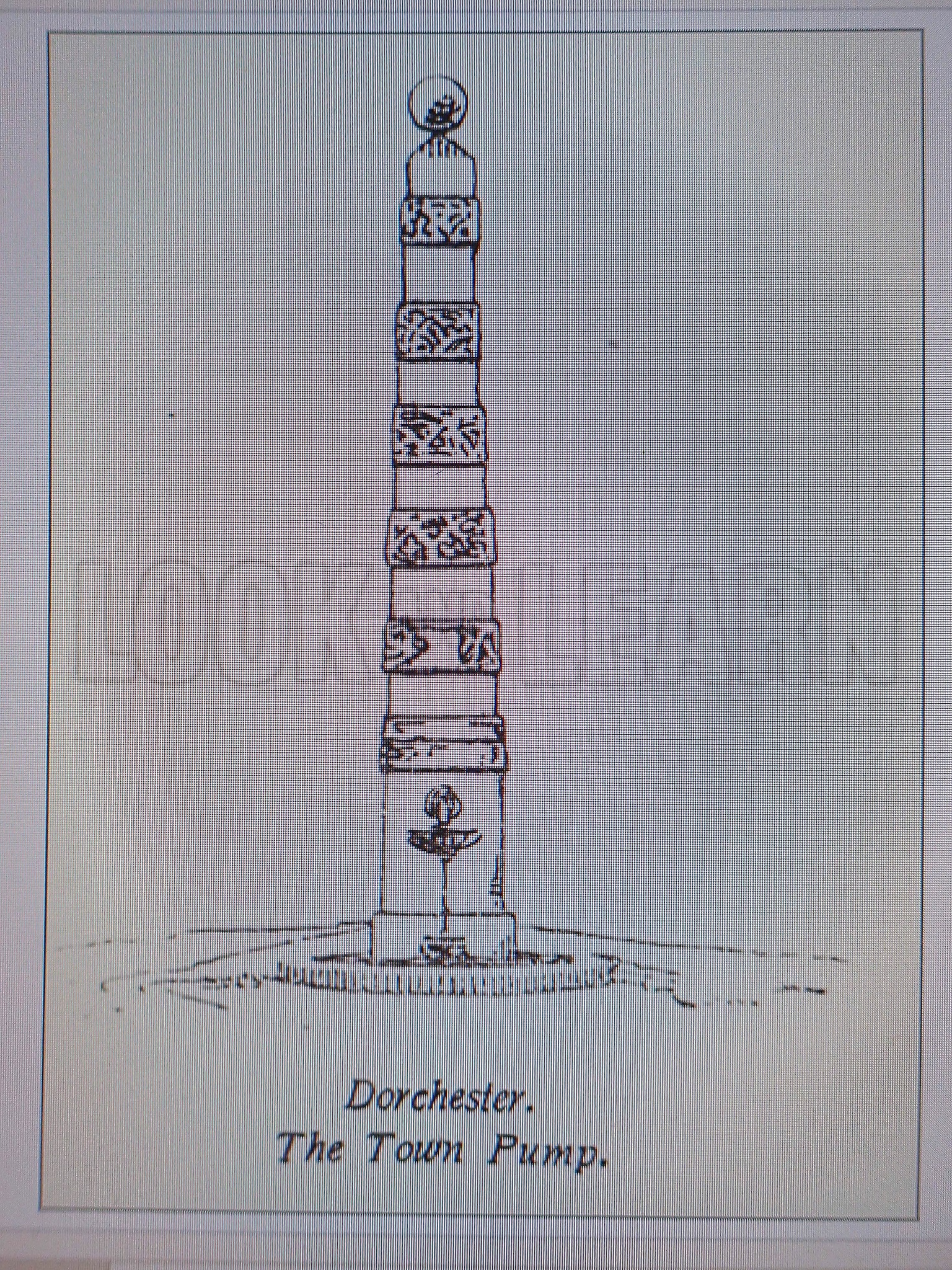
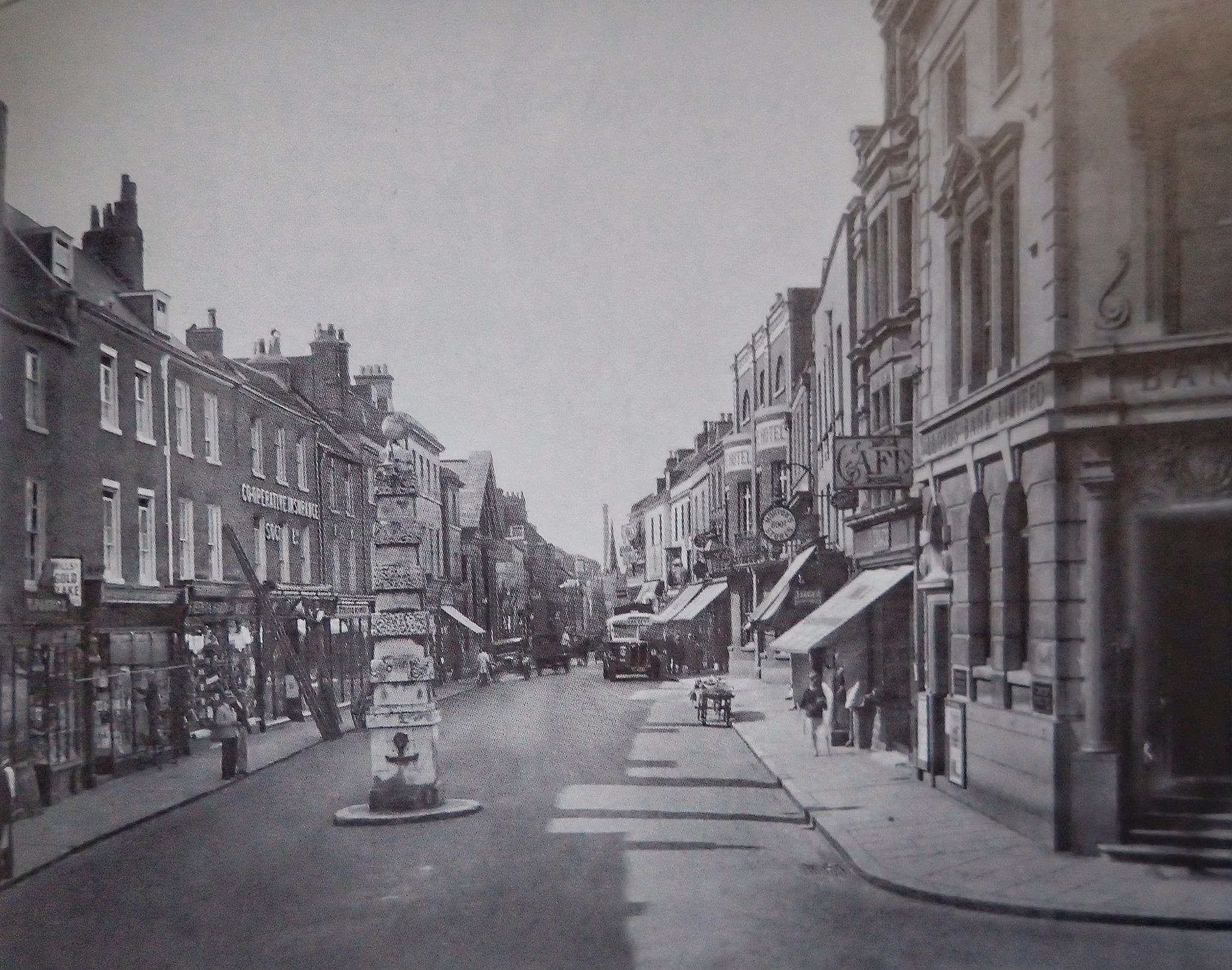
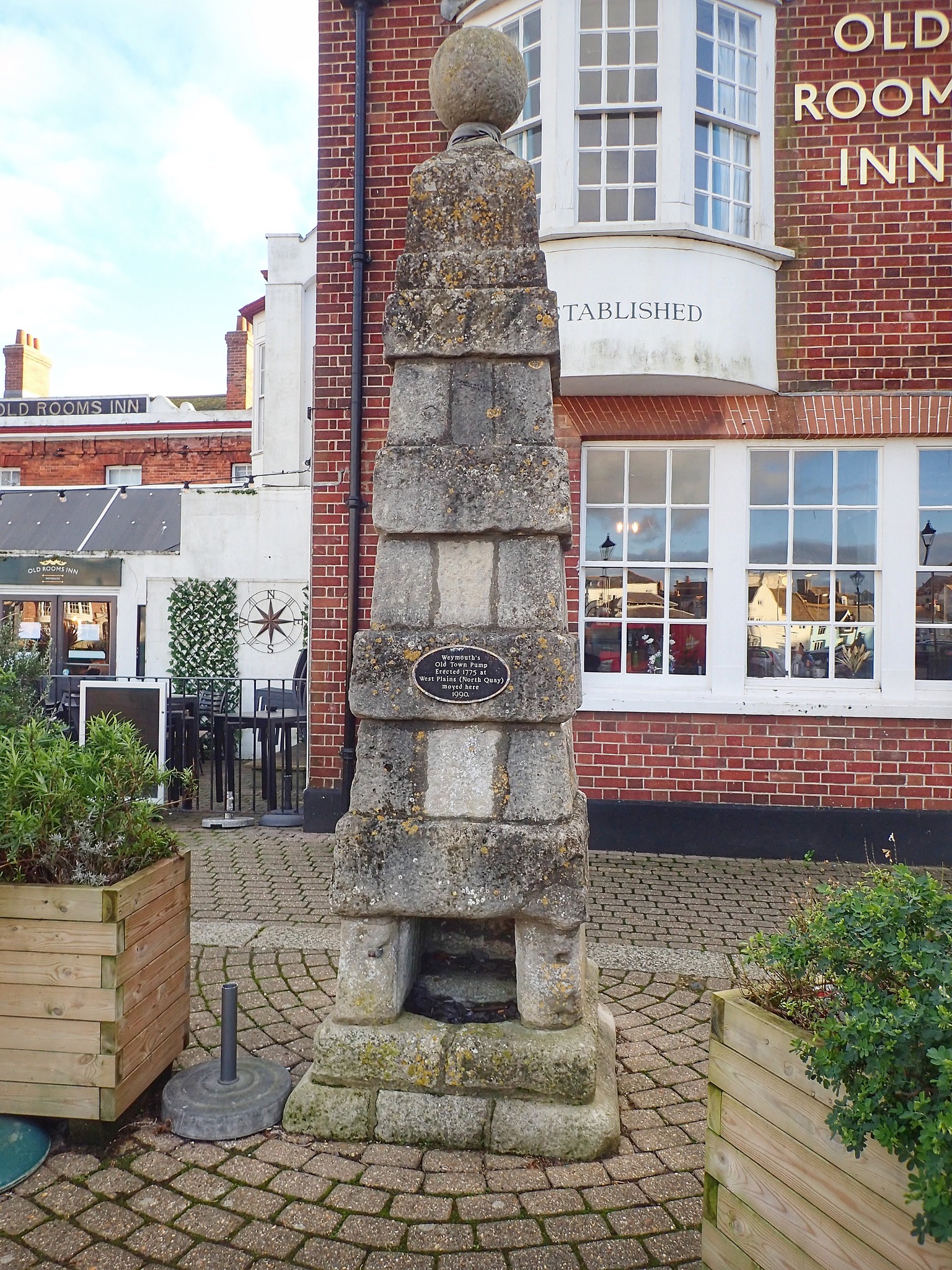
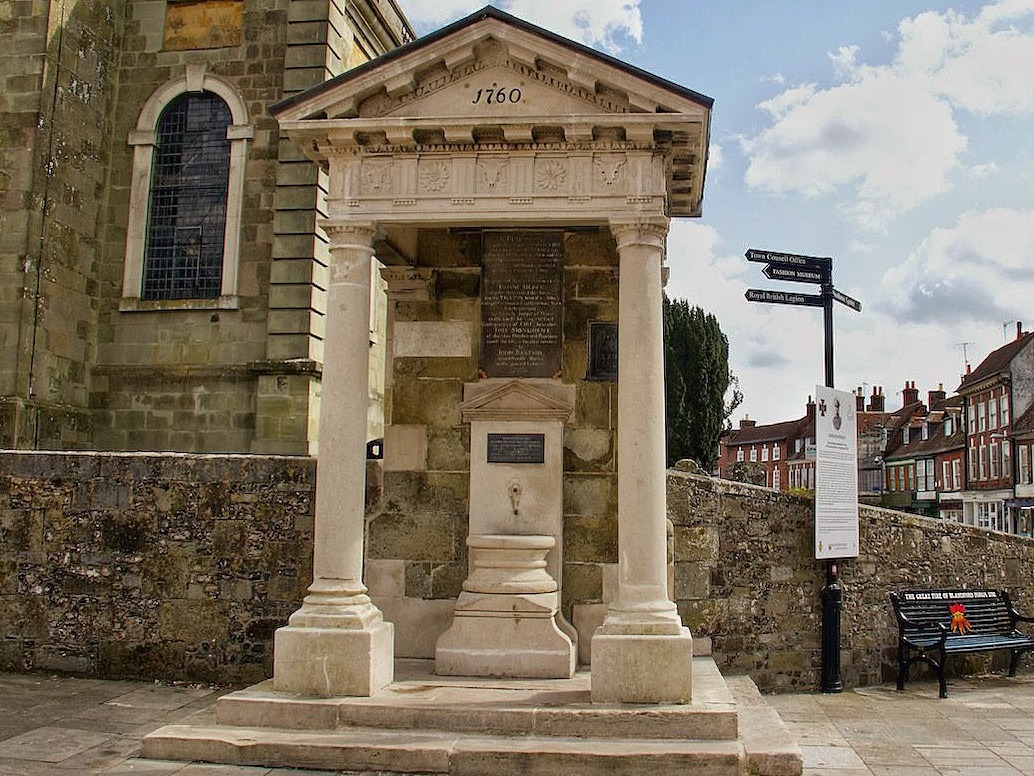
Recent Comments